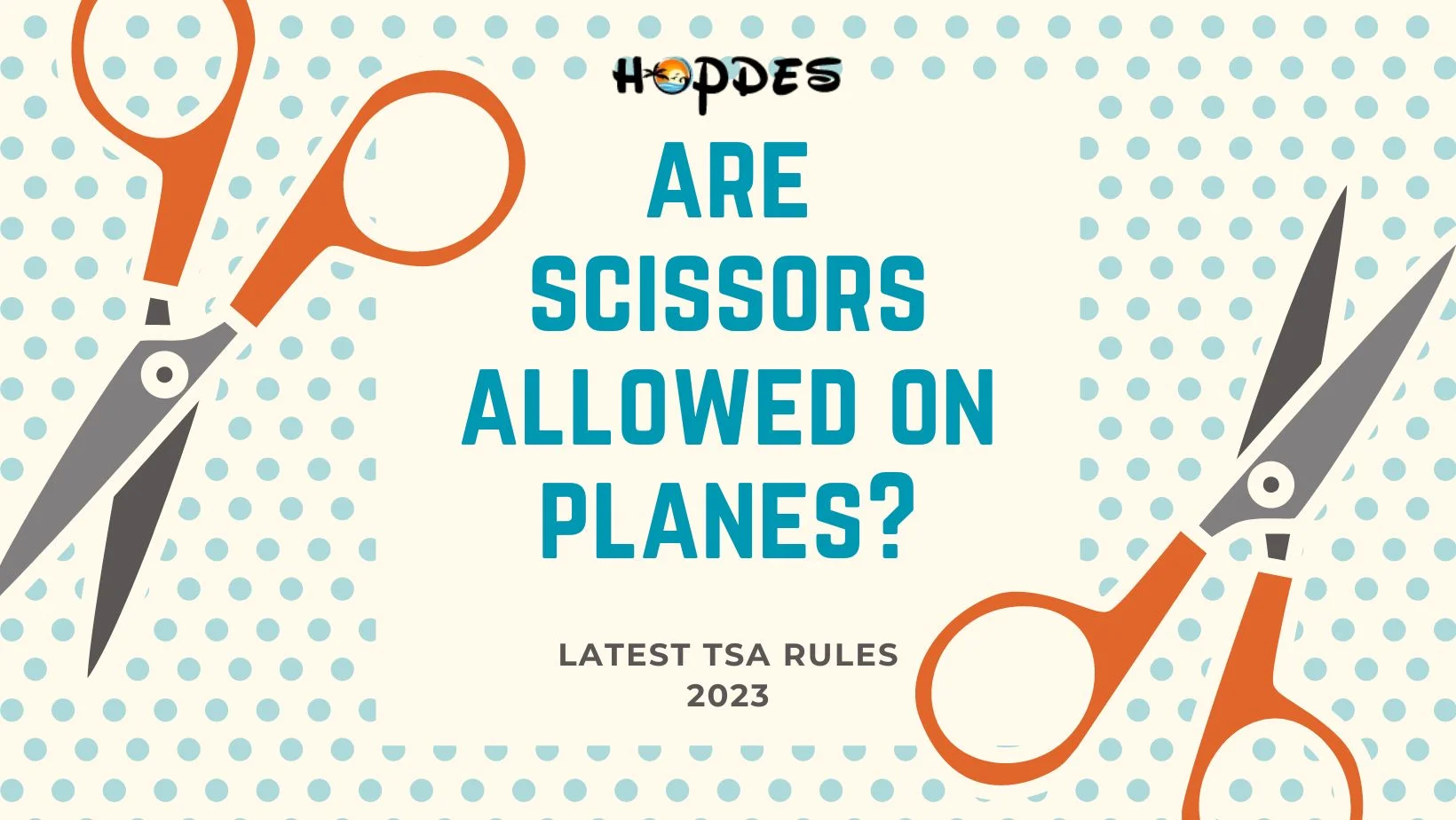
There are a lot of restrictions on what you may bring on board, and it is confusing to figure out what you can pack in your carry-on. It is a common concern to worry about whether you can pack scissors or other sharp objects in your carry-on and if scissors are allowed on planes.
Important Facts to Know: TSA confiscated 9,882 pairs of scissors in 2019 and TSA officers found over 4,400 bladed items in carry-on bags each day.
Are Scissors Allowed on Planes?
YES, scissors with blades must be less than 4 inches from the pivot point (10.16 centimeters) in carry-on luggage on planes in the United States and many other countries. Scissors over 4 inches are not allowed to be taken in carry-on luggage and must be packed in checked luggage.
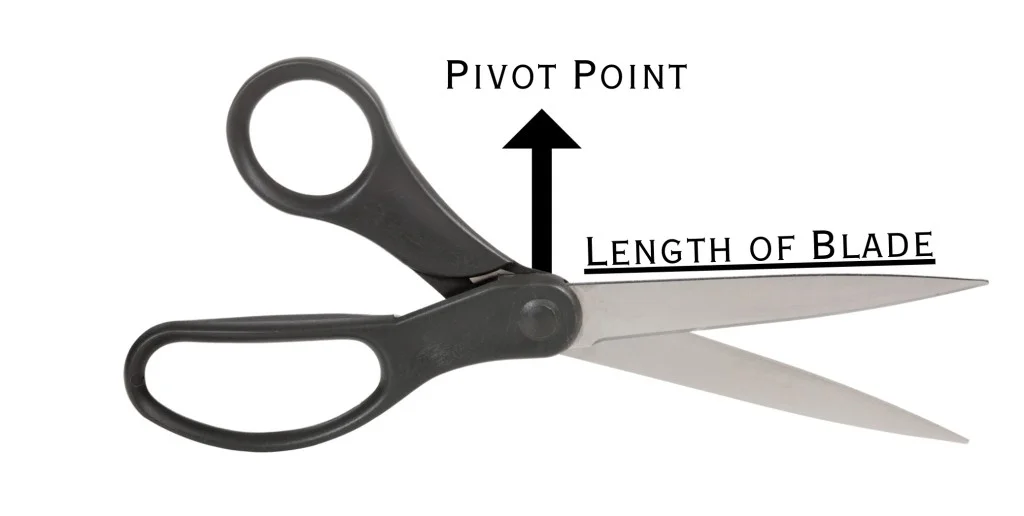
The Official Policy on Carrying Scissors in Planes
The Transportation Security Administration (TSA) takes substantial measures to ensure the safety of passengers using American airports. The TSA officials will perform a thorough search if any of the items you are carrying set off the alert. Scissors and other sharp objects are not allowed in carry-on baggage.
Even if they are transported within the allowed dimensions, the TSA checkpoint can do further inspections. Following TSA regulations would entail:
- You can bring scissors with blades up to 4 inches in length in your hand carry. Otherwise, due to their greater length, they must be stored in checked luggage.
- Carry-on bags, regardless of size, can not include any sharp objects, including switchblade shears, folding scissors, or scissors with serrated blades.
Blades on scissors must be blunt or have a rounded tip.
– TSA
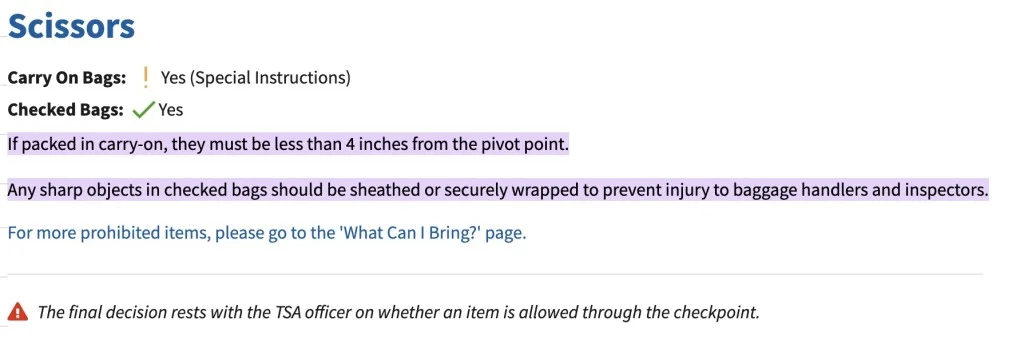
This encompasses the vast majority of shears, from tweezers to brow tweezers to medical scissors to tiny nail scissors. Note that scissors with sharp points, such as those used in the medical or embroidery industries are subject to further screening.
Follow here for more information: The Ultimate Guide to Measuring Luggage: Find the Right Way
Types of Scissors Allowed on Planes
Following are a few types of scissors you can take on a plane. Keep in mind that the dimension rule of 4 inches applies to all of them. You can keep them in any bag you want (checked or hand-carry)

- Small Travel Scissors: Scissors specifically designed for travel purposes with small, rounded blades that fit within the allowed dimensions.
- Safety Scissors: Scissors designed for safe use, often used in schools or by children, with rounded tips and small blades.
- Embroidery Scissors: Small scissors used for delicate crafts like embroidery, with pointed tips but short blades.
- Nail Scissors: Scissors with short blades designed for trimming fingernails and toenails.
- Thread Snippers: Small scissors used for cutting thread or yarn in sewing and knitting, usually with short blades.
- Folding Scissors: Scissors that can be folded, often with small blades suitable for carry-on luggage.
Types of Scissors Not Allowed on Planes
Types of scissors that are typically not allowed on planes in carry-on luggage due to safety concerns include the following. In some cases, passengers also said that they were questioned about these scissors from their checked baggage.
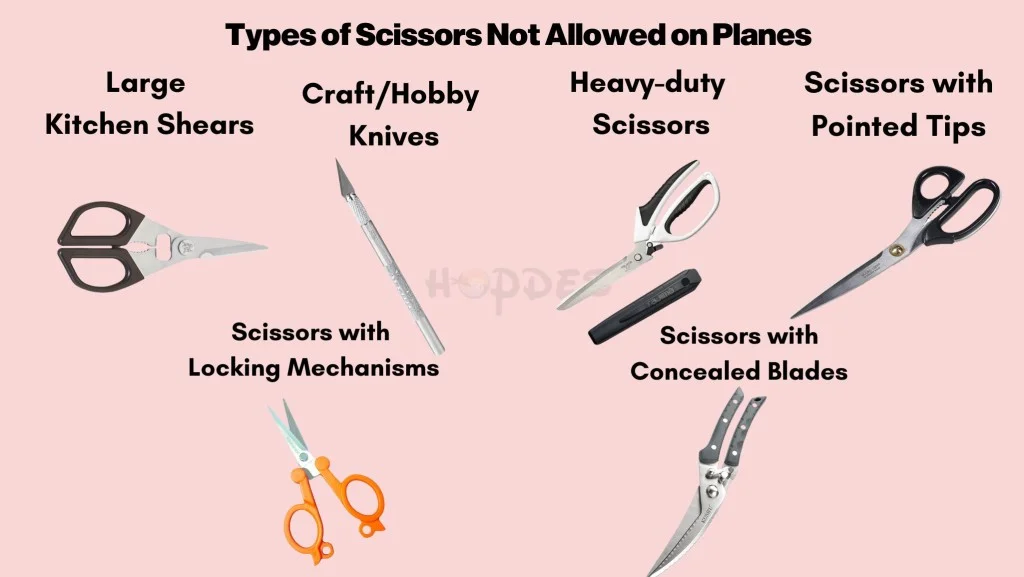
- Large Kitchen Shears: Heavy-duty scissors commonly used in the kitchen for cutting through bones and tough materials.
- Craft/Hobby Knives with Integrated Scissors: Multi-tools that combine a utility knife or blade with scissors.
- Industrial or Heavy-duty Scissors: Scissors designed for heavy-duty tasks, construction, or industrial use, which may have sharp and large blades.
- Scissors with Pointed Tips: Scissors with sharp, pointed tips that could potentially pose a safety risk.
- Scissors with Locking Mechanisms: Scissors that can lock the blades in an open position, as they might be seen as a potential weapon.
- Scissors with Concealed Blades: Scissors with blades that can be hidden or retracted into the handle, as they can be perceived as a security risk.
Read Next: Can I use my EBT Card in Another State? [2023 Updated Guide]
Scissors through Airport Security
If you go past a metal detector with scissors in your pocket without taking them out, the detector will go off. An airport security officer may want to inspect your person or carry out a full body scan using a metal detector. If the scissors are deemed to be too big, they will be seized from you and you may be subjected to a full body scan.
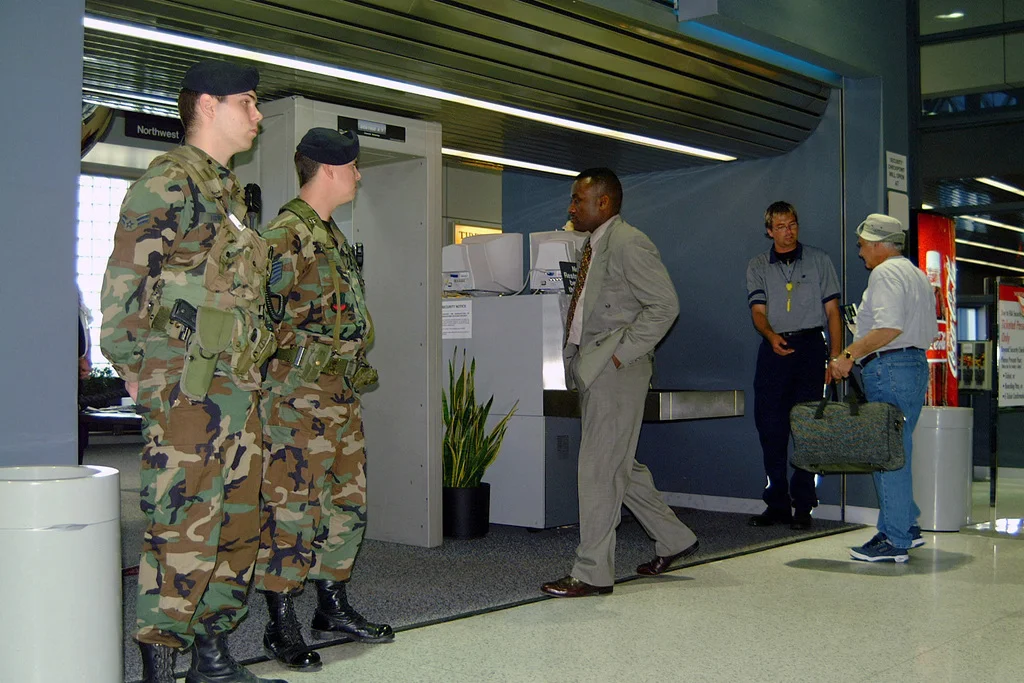
The TSA’s website provides clear guidelines regarding sharp goods, and those guidelines are severely enforced. It is important to remember that each TSA agent has the discretion to decide whether or not to seize scissors based on their size and point sharpness.
You will need to give the scissors to a friend or family member if you do not have a checked bag. The TSA will confiscate the scissors if you are alone in the security line.
If you want to speed up the security checkpoint procedure at the airport, packing your scissors in a transparent plastic bag can help. Usually, you will have to remove them from your carry-on and put them in a designated receptacle before the luggage is x-rayed. TSA agents will not have to go through your luggage to find your scissors if you pack them like this.
Is it OK to Put Scissors in Your Baggage?
Scissors are brought on board an airplane as checked baggage, but they must be packaged securely in accordance with the rules for carrying sharp objects. Scissors are permitted in checked bags at no further screening by TSA. However, you should take care to securely pack the scissors. A piece of fabric or a scissor sheath is used to wrap it in for safety.
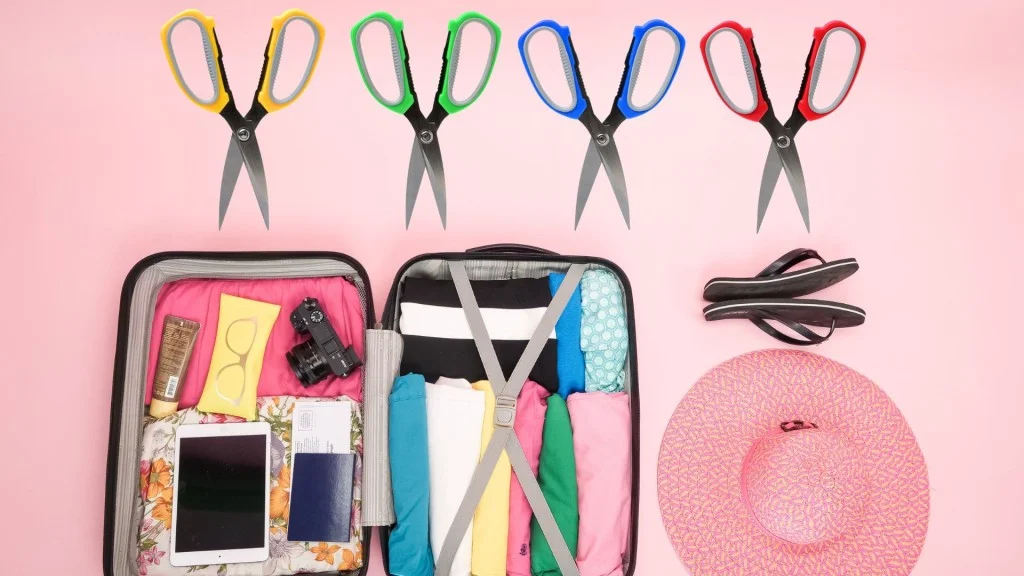
As stated by the TSA, “Any sharp objects in checked bags should be sheathed or securely wrapped to prevent injury to baggage handlers and inspectors“.
Scissors on Domestic or International Flights
You can bring scissors longer than 4 inches from the pivot point on domestic U.S. flights and on flights departing the U.S. for overseas destinations. However, this is adjusted to 6 cm (2.36 inches) while traveling internationally. In other words, whether you are flying out of an international airport in the United Kingdom, the European Union, Canada, or anywhere else in the world, you will need to check any scissors with a blade longer than 6 cm (2.36 inches).
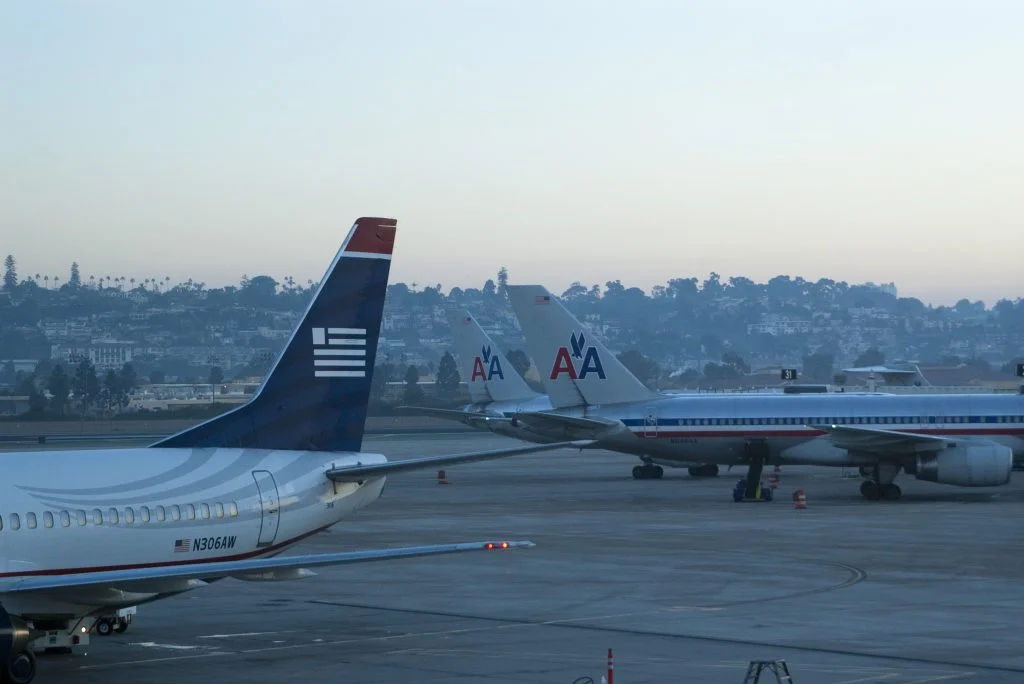
Why are Bigger Scissors Banned on Airplanes?
To protect both passengers and airline employees, the TSA has implemented a list of prohibited goods that cannot be brought on board in a carry-on. Since sharp tools like scissors and knives can be used as weapons, the TSA strictly controls their carriage.

Large scissors are deemed hazardous goods by TSA, while smaller ones are not a problem. Therefore, there will be a potential for confiscation at the checkpoint. Such a move by TSA is necessary because objects of such a great size and with such sharp edges can serve as weapons. We also recommend that you make a detailed strategy for packing any similar things, such as safety pins, in your carry-on.
Read Next: Step-by-Step Guide: Emergency UK Passport from Abroad
Can You Use Scissors on a Plane?
You should not use scissors on a plane due to safety concerns.
The usage of scissors while in flight is permitted. Using scissors inside the flight can pose risks, such as accidental injury to yourself or others, potential damage to the aircraft’s seats or interior, and general disruptions to other passengers.
Airlines and flight crews have safety protocols in place to ensure a secure and smooth travel experience for everyone on board. Using sharp objects like scissors during the flight goes against those safety guidelines.
But if you like needlework like knitting, sewing, or stitching, you may give it a try. Keep in mind, however, that you should not make any noise that may be heard by the person sitting next to you. You should be able to do the task with no difficulty at all.
Are there any exceptions made for certain professions or individuals
Generally, the TSA prohibits scissors with blades longer than 4 inches from being brought on a plane. However, there are some exceptions made for certain professions or individuals. For example, barbers and hairstylists are allowed to bring scissors on a plane if they have blades shorter than 6 inches. This is because these professionals need their tools to perform their job duties.
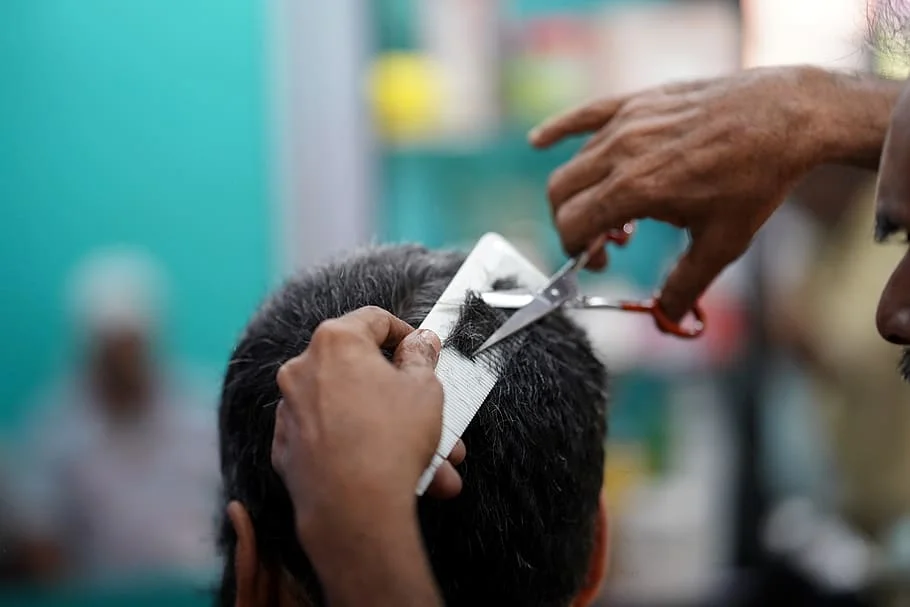
Another exception is made for individuals with disabilities or medical conditions that require them to use scissors as a medical aid. In these cases, the TSA may allow scissors with longer blades to be brought on a plane, but they must be declared and inspected by a TSA officer.
Conclusion
It is possible that you will need to bring an absolutely necessary item on board with you. However, there are restrictions imposed by the TSA that you must follow. Now you know the answer the next time someone asks whether scissors are allowed on an aircraft. We have faith in your ability to satisfactorily handle their concern.
Can I Use Scissors on a Plane? - FAQs
Yes, you can bring small scissors with blades measuring less than 4 inches (10.16 centimeters) in your carry-on luggage on most planes.
No, for international flights, the allowable blade length for scissors in checked baggage is typically reduced to 6 cm (2.36 inches). Always check the specific regulations of the airline and country you are traveling to.
Yes, safety scissors, which are designed for safe use and often used in schools or by children, are allowed in carry-on bags as long as their blades are within the specified size limit.
 Reviewed by
Reviewed by 





